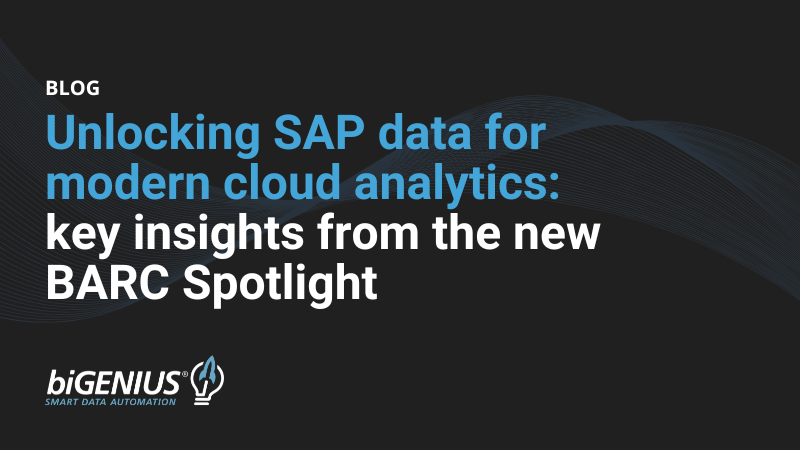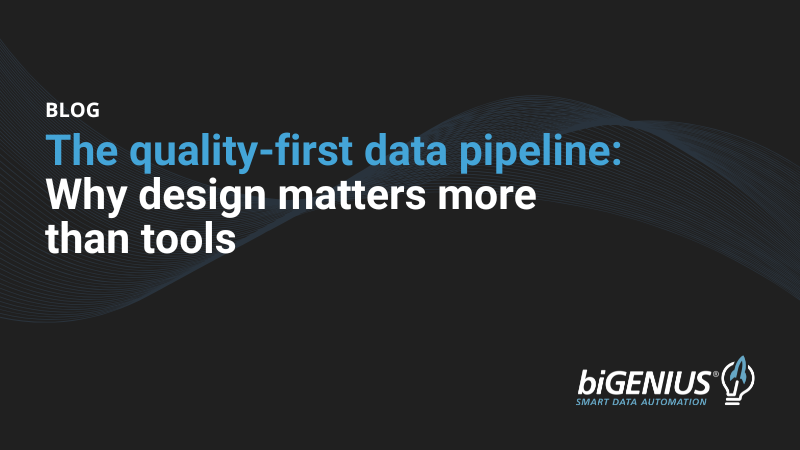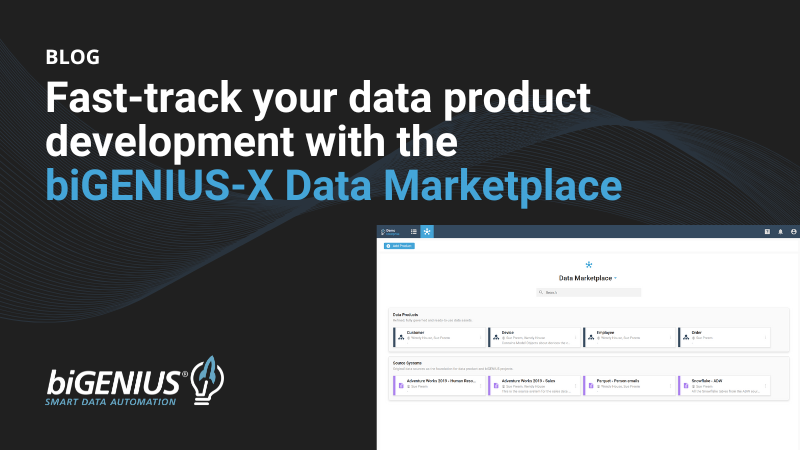Introduction
Businesses require data solutions that are responsive, scalable, and easy to manage. Modern data architectures typically segment data into core and mart layers, often with complex data vault models in the core and dimensional modeling restricted to the data mart.
While this approach serves large organizations with robust IT teams well, it can overwhelm smaller, agile businesses by creating bottlenecks, increasing costs, and complicating operations. By extending dimensional modeling across all layers—not just the data mart—growing companies can streamline their architecture, accelerate insights, and make data more accessible to business users. This comprehensive approach reduces complexity, speeds up decision-making, and helps companies stay nimble as they scale.
The layered approach
Traditional layered data architectures typically implement data vault or normalized relational modeling in the core layer for consistency and traceability, while limiting dimensional modeling to the data mart for reporting. While this approach addresses specific needs in each layer, its complexity can become burdensome, especially for smaller teams.
IT departments must manage multiple models and complex transformations across layers, demanding substantial resources and specialized expertise. For agile companies with lean technical teams, these requirements can create bottlenecks and delay vital insights, hampering their ability to respond swiftly to market changes.
Benefits of end-to-end dimensional modeling
By implementing dimensional modeling across all data layers, companies can create a more streamlined, efficient data architecture:
Cost efficiency
For agile companies with lean budgets, adopting a dimensional approach across layers directly reduces operational costs. Teams can build robust data models without investing in specialized data vault expertise, cutting training and staffing expenses. This makes it an ideal choice for growth-focused businesses that need to maximize their resources.
Simplified architecture
Using dimensional models throughout the entire data pipeline—from initial data ingestion to final presentation—eliminates the need for complex intermediate models like data vaults. This unified approach creates a clearer architecture that’s easier to design, understand, maintain, and scale. Small IT teams and companies focused on operational efficiency particularly benefit from this streamlined approach.
Streamlined data management
A unified modeling approach across all layers simplifies governance and maintenance by reducing complexity and eliminating redundancies. When your entire data architecture follows consistent patterns, it becomes easier to manage, troubleshoot, and adapt to changes while maintaining data integrity. This consistency is especially valuable for agile organizations that need to move fast and stay flexible.
Speed of implementation
Dimensional models excel at simplifying data querying and reporting. By reducing transformation steps across layers, they deliver faster processing times and immediate access to insights—essential for companies that need real-time data to make quick decisions and adapt to market changes.
Ease of use for business users
Dimensional models create an intuitive framework that business users can easily understand and navigate. This accessibility enables self-service analytics without IT support, putting data directly in the hands of those who need it. Teams can quickly explore data and make informed decisions independently.
Future-proof your data solution
If you anticipate a future need for a more complex data architecture in your product’s lifecycle, you can set yourself up for success by also incorporating a data store into your model. This addition provides a persistent versioned raw data storage that mirrors your sources, making it easy to explore new modeling approaches without the hassle of complex migrations or risking any data loss.
How biGENIUS-X can help
biGENIUS-X modernizes data management through extensive automation, combining visual modeling with advanced automation capabilities to significantly reduce manual workload in data warehouse development. This enables high-quality, scalable results for organizations of any size. The platform supports automated generation of both data vault and dimensional models across leading platforms, including Microsoft SQL Server, Databricks, Snowflake, and Microsoft Fabric.
For organizations implementing an end-to-end dimensional approach, biGENIUS-X embeds data mart structures within its core architecture. This streamlines the data architecture by reducing redundant layers, minimizing data latency, and lowering operational costs. The outcome is analytics-ready data models that scale alongside business growth, empowering agile teams to reduce deployment time and make strategic, data-driven decisions confidently.






